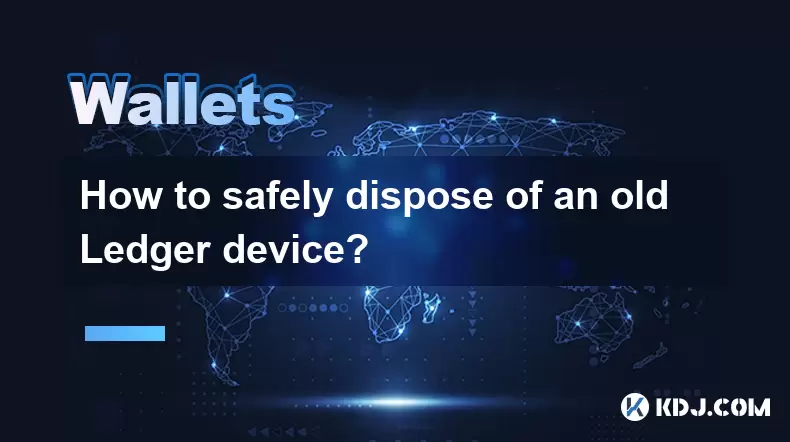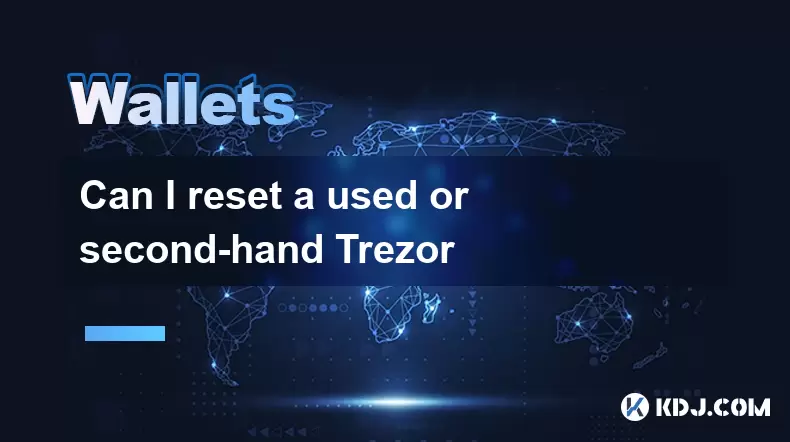-
 Bitcoin
Bitcoin $108,443.4896
0.48% -
 Ethereum
Ethereum $2,597.3843
2.42% -
 Tether USDt
Tether USDt $1.0002
0.02% -
 XRP
XRP $2.3025
1.83% -
 BNB
BNB $661.6147
0.34% -
 Solana
Solana $151.4228
1.80% -
 USDC
USDC $1.0000
0.00% -
 TRON
TRON $0.2877
0.14% -
 Dogecoin
Dogecoin $0.1705
1.56% -
 Cardano
Cardano $0.5848
1.48% -
 Hyperliquid
Hyperliquid $38.8396
3.64% -
 Bitcoin Cash
Bitcoin Cash $507.5891
2.30% -
 Sui
Sui $2.8908
1.27% -
 Chainlink
Chainlink $13.8521
4.52% -
 UNUS SED LEO
UNUS SED LEO $9.1329
0.87% -
 Stellar
Stellar $0.2603
5.49% -
 Avalanche
Avalanche $18.1289
1.71% -
 Shiba Inu
Shiba Inu $0.0...01182
1.89% -
 Toncoin
Toncoin $2.8045
2.20% -
 Hedera
Hedera $0.1601
2.64% -
 Litecoin
Litecoin $87.5825
1.89% -
 Monero
Monero $315.6725
-0.03% -
 Polkadot
Polkadot $3.4216
2.10% -
 Dai
Dai $1.0000
0.00% -
 Ethena USDe
Ethena USDe $1.0007
0.06% -
 Bitget Token
Bitget Token $4.2988
-0.01% -
 Uniswap
Uniswap $7.5739
2.72% -
 Aave
Aave $290.8204
4.41% -
 Pepe
Pepe $0.0...01004
2.03% -
 Pi
Pi $0.4611
1.11%
How to safely dispose of an old Ledger device?
To securely dispose of a Ledger device, physically destroy the microcontroller chip to prevent recovery of private keys and ensure no cryptocurrency remains linked to it.
Jul 09, 2025 at 06:57 am

Understanding the Risks of Disposing of a Ledger Device
When you decide to dispose of an old Ledger device, it's important to understand that this is not like throwing away a regular electronic gadget. The Ledger wallet contains sensitive cryptographic information, including private keys and recovery phrases. If these details fall into the wrong hands, your cryptocurrency assets could be compromised. This makes secure disposal crucial. Unlike traditional data storage devices where files can simply be deleted or overwritten, hardware wallets like Ledger store encryption keys in secure chips that are not easily erased by standard methods.
What Happens if You Don’t Properly Secure Your Ledger Before Disposal?
If you do not take proper steps before discarding your Ledger, there are real risks involved. Someone could potentially recover private keys, wallet addresses, or even recovery phrases stored on the device. Even if you believe you’ve reset the device or deleted all data, specialized tools may still retrieve residual information from the chip. In addition, if your Ledger was ever connected to a computer infected with malware, there might have been attempts to extract data during use, which could leave traces on the device itself.
Steps to Prepare Your Ledger for Safe Disposal
Before physically disposing of your Ledger, ensure that all associated funds have been moved to a new wallet or hardware device. Follow these steps carefully:
- Transfer all cryptocurrency holdings: Make sure no coins remain in any wallet derived from the Ledger being disposed of.
- Reset the device to factory settings: Go to Settings > Device > Reset All Settings. This removes apps, PIN codes, and resets the device.
- Double-check that no recovery phrase is stored on the device: Although Ledger does not store recovery phrases permanently, if you ever used the device without writing them down and instead left them in memory temporarily, make sure they are fully cleared.
These actions help reduce risk but do not guarantee complete data erasure from the chip itself.
Physical Destruction Methods for Ledger Devices
To ensure maximum security, physical destruction of the Ledger’s internal components is recommended. Here’s how you can do it effectively:
- Remove the back cover: Use small screwdrivers to open the casing and expose the circuit board inside.
- Locate the microcontroller chip: This is usually the largest chip on the board and is responsible for storing encrypted key material.
- Destroy the chip completely: Use pliers, a hammer, or a drill to crush or puncture the chip until it is unrecognizable and irreparable.
- Dispose of all parts separately: Do not throw the entire device in one piece; scatter components across different trash bins to prevent reconstruction.
This method ensures that no forensic recovery techniques can retrieve usable data from the device.
Alternative Options: Returning or Recycling Your Ledger
If you're considering returning your Ledger to the manufacturer or recycling it through a certified e-waste facility, be aware that standard recycling processes may not securely erase sensitive data. Some recycling centers offer data destruction services, but always confirm whether they provide military-grade data wiping or physical destruction of secure components. For returns under warranty or trade-in programs, contact Ledger support directly to find out their policies regarding data handling and device sanitization.
Frequently Asked Questions (FAQs)
Q1: Can I just throw my Ledger in the trash after resetting it?
No, resetting the device only clears user settings and applications but does not erase the secure element chip, which may still contain traces of encrypted data.
Q2: Is it safe to give my old Ledger to someone else?
Only if you have fully reset the device and confirmed that no recovery phrases or private keys were ever stored digitally on it. However, due to potential forensic risks, giving away your Ledger is not recommended.
Q3: What should I do if I lost my recovery phrase and want to dispose of my Ledger?
If you no longer have access to the recovery phrase and cannot transfer funds, consult a professional crypto recovery service. Do not discard the device until all assets are recovered or secured.
Q4: Are there any legal requirements for disposing of hardware wallets?
Currently, there are no universal legal mandates, but certain jurisdictions may impose data protection laws applicable to devices containing sensitive financial information. Always check local regulations before disposal.
Disclaimer:info@kdj.com
The information provided is not trading advice. kdj.com does not assume any responsibility for any investments made based on the information provided in this article. Cryptocurrencies are highly volatile and it is highly recommended that you invest with caution after thorough research!
If you believe that the content used on this website infringes your copyright, please contact us immediately (info@kdj.com) and we will delete it promptly.
- Crypto Whale's Portfolio: Decoding Token Stashes and Emerging Trends
- 2025-07-09 08:30:12
- Rare Coin, Lucky Find, Valuable Coin: Unearthing Treasures in Everyday Change
- 2025-07-09 08:30:12
- Coinbase, Altcoins, and the Empire State: A New Era for New York Crypto?
- 2025-07-09 09:30:12
- HTX, WLFI, and Stablecoins: Navigating the Future of Digital Finance
- 2025-07-09 08:50:12
- ADA Whale Activity: Big Wallets Eyeing Cardano for a Breakout?
- 2025-07-09 09:30:12
- Bitcoin: Holding Still Pays Off, Ya Know?
- 2025-07-09 09:30:13
Related knowledge

How to connect Trezor to Rabby wallet
Jul 09,2025 at 05:49am
What Is Trezor and Rabby Wallet?Trezor is a hardware wallet developed by SatoshiLabs that allows users to securely store their cryptocurrency assets o...

What happens if I forget my Trezor passphrase
Jul 09,2025 at 03:15am
Understanding the Role of a Trezor PassphraseIf you use a Trezor hardware wallet, you may have set up a passphrase as an extra layer of security beyon...

Can I reset a used or second-hand Trezor
Jul 09,2025 at 11:49am
Understanding the Reset Process for a Used or Second-Hand TrezorIf you have acquired a used or second-hand Trezor wallet, one of the first things you ...

How to safely store a Trezor recovery seed
Jul 09,2025 at 11:22am
Understanding the Importance of a Trezor Recovery SeedA Trezor recovery seed is a sequence of 12 or 24 words generated during the initial setup of you...

What to do if my Trezor screen is broken
Jul 09,2025 at 10:36am
Understanding the Impact of a Broken Trezor ScreenIf your Trezor screen is broken, it can significantly affect how you interact with your cryptocurren...

Why use a hardware wallet like Trezor
Jul 09,2025 at 11:00am
What Is a Hardware Wallet and Why It MattersA hardware wallet is a physical device designed to securely store the private keys of cryptocurrencies off...

How to connect Trezor to Rabby wallet
Jul 09,2025 at 05:49am
What Is Trezor and Rabby Wallet?Trezor is a hardware wallet developed by SatoshiLabs that allows users to securely store their cryptocurrency assets o...

What happens if I forget my Trezor passphrase
Jul 09,2025 at 03:15am
Understanding the Role of a Trezor PassphraseIf you use a Trezor hardware wallet, you may have set up a passphrase as an extra layer of security beyon...

Can I reset a used or second-hand Trezor
Jul 09,2025 at 11:49am
Understanding the Reset Process for a Used or Second-Hand TrezorIf you have acquired a used or second-hand Trezor wallet, one of the first things you ...

How to safely store a Trezor recovery seed
Jul 09,2025 at 11:22am
Understanding the Importance of a Trezor Recovery SeedA Trezor recovery seed is a sequence of 12 or 24 words generated during the initial setup of you...

What to do if my Trezor screen is broken
Jul 09,2025 at 10:36am
Understanding the Impact of a Broken Trezor ScreenIf your Trezor screen is broken, it can significantly affect how you interact with your cryptocurren...

Why use a hardware wallet like Trezor
Jul 09,2025 at 11:00am
What Is a Hardware Wallet and Why It MattersA hardware wallet is a physical device designed to securely store the private keys of cryptocurrencies off...
See all articles

























































































